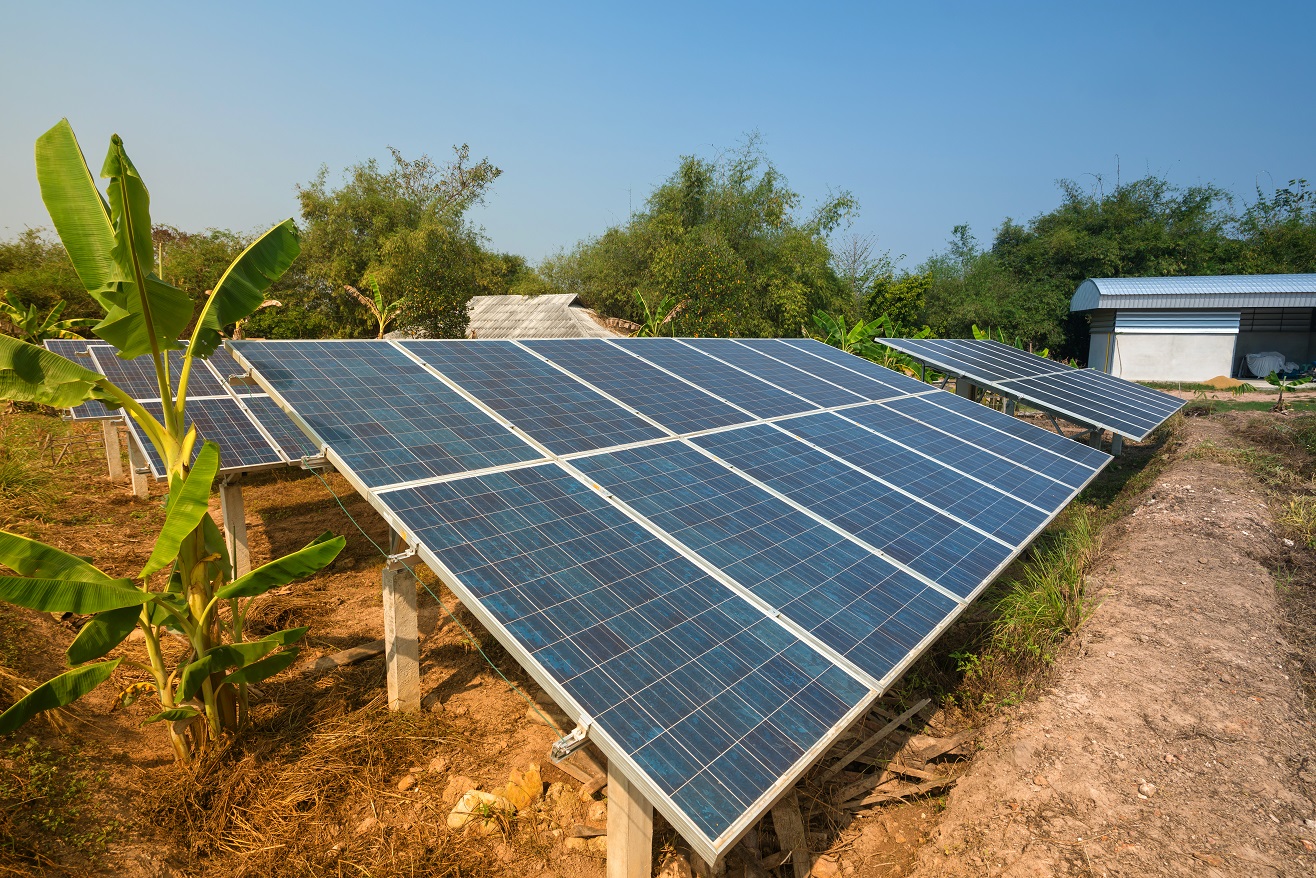In remote or less developed regions, electricity must be supplied not only to individual buildings, but entire communities. Microgrids are more or less autonomous grids that previously largely relied on diesel generators, but today are increasingly often based on photovoltaics. Depending on the definition and used methodology, the number of such local grids around the world is estimated at somewhere between 5 and 20 thousand, in particular in rural parts of Sub-Saharan Africa, Central and Southeast Asia, but also, for example, on many islands in the Pacific.
Because the sun doesn’t shine and the wind doesn’t blow 24/7, microgrids running on renewable sources require a battery storage in order to maintain a continuous supply of electricity. But if coupled, for example, with a PV system, batteries must be of a rugged design, offer a long service life in extreme operating conditions, and do without air-conditioning in order to be economically sustainable for developing regions.
Additionally, charging the battery requires certain arrangements. In order to maximize energy extraction as the intensity of sunlight varies, the charging is often optimized by using maximum power point tracking (MPPT). And to keep the battery from overcharging during peak sun hours, the voltage and current coming from the panels to both community loads and the battery are regulated by Solar Charge Controllers, or SCC.
It’s the size that matters
However, generation in small-scale microgrid installations has very different parameters than in large solar power plants or extensive wind farms. Battery storage systems deployed at the latter facilities are dimensioned to ensure that the power plant delivers a constant output to the High Voltage transmission network. While small renewable installations generate electricity at a much lower voltage, typically under 50 V. The low voltage - high current principle ensures a higher degree of economic feasibility of these installations.
But it also means that the batteries coupled with the PV must be able to as well handle currents ten, or even a hundred times higher than in conventional storage systems used with large renewable power plants. Therefore, the best choice for microgrid systems are Nickel-cadmium cells which can be set up in a parallel configuration to create a storage of any capacity that may be needed. Their designed capacity can reach up to 40,000 Ah even with a low-voltage system, as is the case with large oil and gas infrastructures. For community microgrids, the batteries typically have a capacity of 1,000 to 5,000 Ah, being designed for an autonomy period of between 12 to 48 hours without solar irradiation or wind.
According to the International Energy Agency (IEA), nearly 1 billion or around 13 percent of the worlds’ population do not have access to electricity.
Ni-Cd cells can be discharged over a long period of time, which can be anywhere from several hours to many days, with high round-trip power efficiency and a stable discharge voltage at load terminals. Which is also advantageous for a rural community network that does not need to quickly compensate for high peaks in electricity generation. And last but not least, Ni-Cd batteries offer significantly lower costs of ownership, particularly compared to Li-ion.
This is why Ni-Cd batteries have become indispensable as storage systems combined with renewable sources of energy. For highly cyclical applications, such as short-term balancing of output or frequency regulation in a distribution system, the Li-ion technology is often used despite its drawbacks. But if the excess energy must be stored and used gradually, Ni-Cd battery storage is the best and often the only choice.






